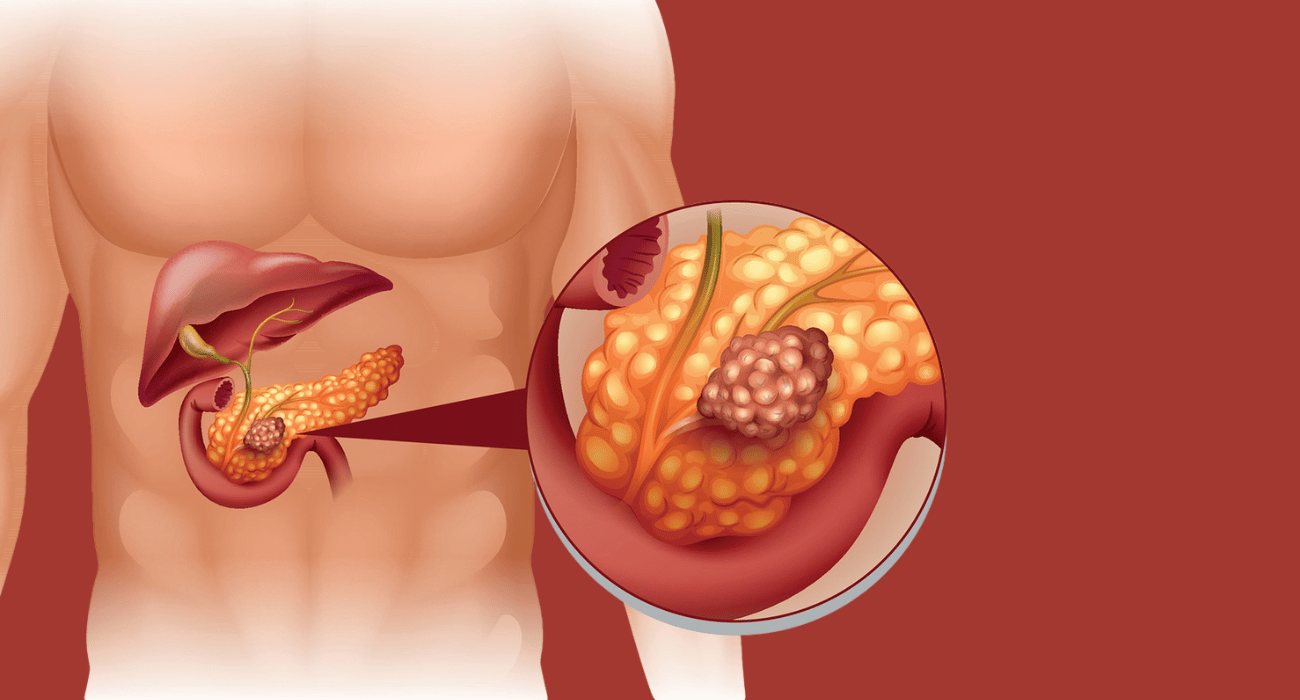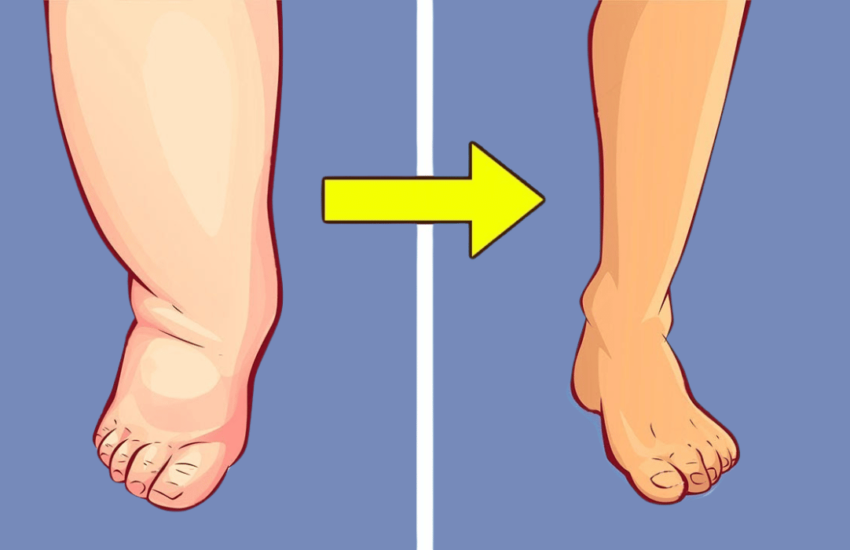Recognizing 5 Warning Signals of Pancreatic Issues
When the term “pancreas” comes up, it often triggers thoughts of cancer, reflecting its reputation as one of the most lethal types of cancer. The challenge lies in the difficulty of early detection for both pancreatic cancer and non-cancerous pancreatic problems due to the organ’s inconspicuous location deep in the abdomen. In this article, we’ll delve into five warning signs that warrant a consultation with your doctor.
Changes in Stool Color and Consistency
An often overlooked but crucial indicator of pancreatic issues is a noticeable alteration in stool color and consistency. Unusually light-colored and floating stools may suggest poor nutrient absorption, a consequence of the pancreas failing to produce essential enzymes for digestion. Additionally, oily-textured stools with an oil-like film in the toilet water could signify a malfunctioning pancreas. If these stool characteristics persist, it’s imperative to inform your doctor promptly.
Abdominal Pain
Abdominal pain, common in pancreatic cancer and acute pancreatitis, can vary based on the underlying condition. Persistent pain starting in the midsection and radiating toward the middle or lower back lasting for weeks may signal pancreatic cancer. If you’ve been prescribed proton pump inhibitors (PPIs) without symptom improvement, informing your doctor is crucial, as pancreatic cancer is sometimes misdiagnosed as digestive issues. Conversely, sudden and severe pain in the middle of the abdomen indicates acute pancreatitis, requiring immediate medical attention.
Onset of Diabetes
The pancreas regulates insulin and blood sugar levels, and its compromise elevates the risk of developing type 2 diabetes. If a new diabetes diagnosis arises, especially for individuals with controlled weight and a healthy diet, it should raise concerns about the pancreas’s condition. Sudden difficulties managing diabetes without a clear explanation can also be linked to pancreatic problems.
Nausea and Vomiting, Especially After Fatty Meals
Nausea and vomiting, particularly post-consumption of fatty foods, may indicate pancreatic problems disrupting the digestion of fats. While these symptoms can be associated with both pancreatitis and pancreatic cancer, the abrupt and severe nature of the attacks is more characteristic of pancreatitis.
Unexplained Weight Loss
While intentional weight loss is often applauded, unexplained weight loss, coupled with diffuse abdominal pain, may indicate digestive problems associated with pancreatic issues. When experiencing unexplained weight loss, it’s crucial to consult a healthcare professional to identify the underlying cause and receive appropriate guidance.
In conclusion, despite the pancreas’s less frequent discussion, its role in overall health is paramount. Recognizing these warning signs and seeking timely medical attention is essential for your well-being.


